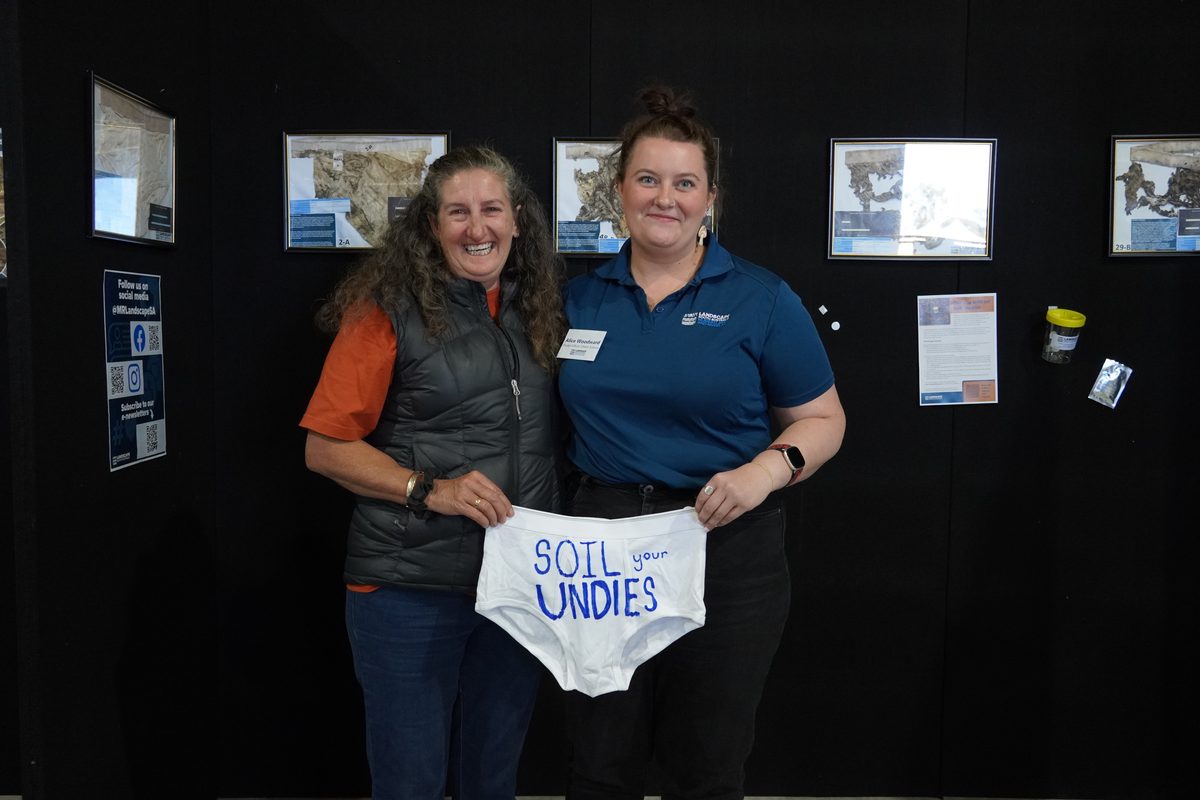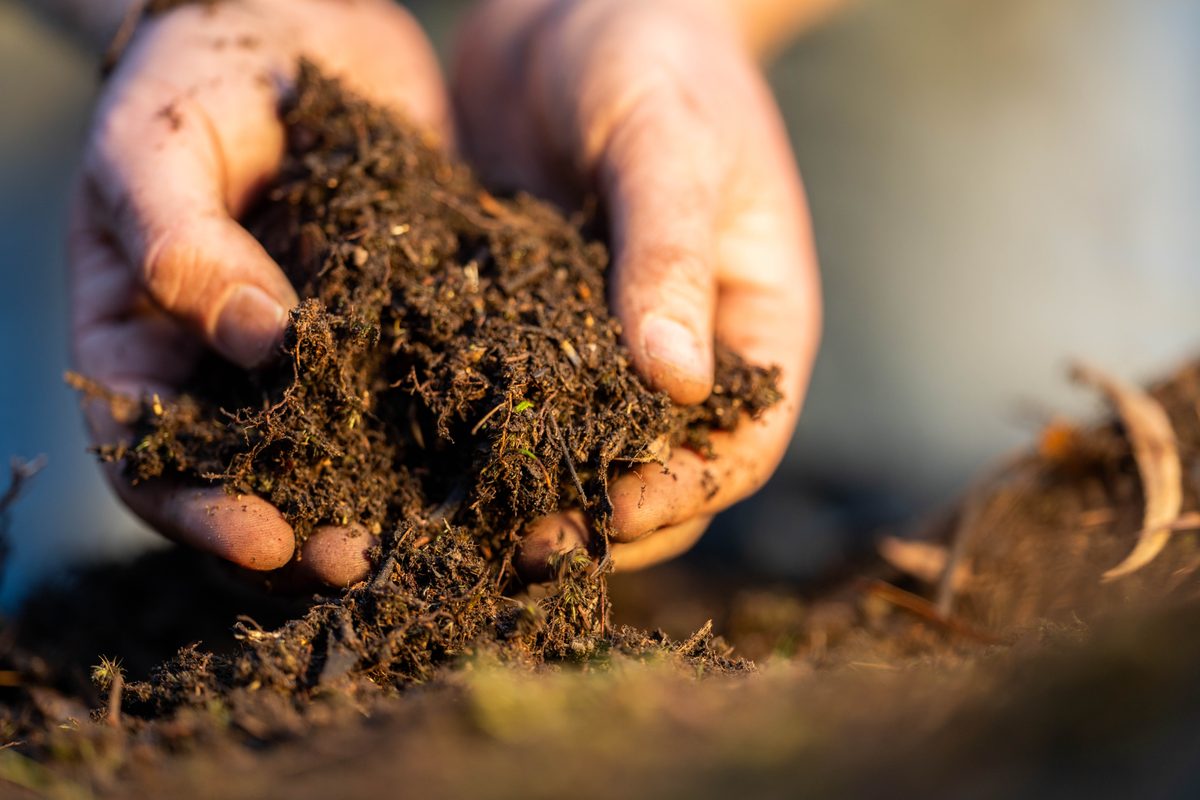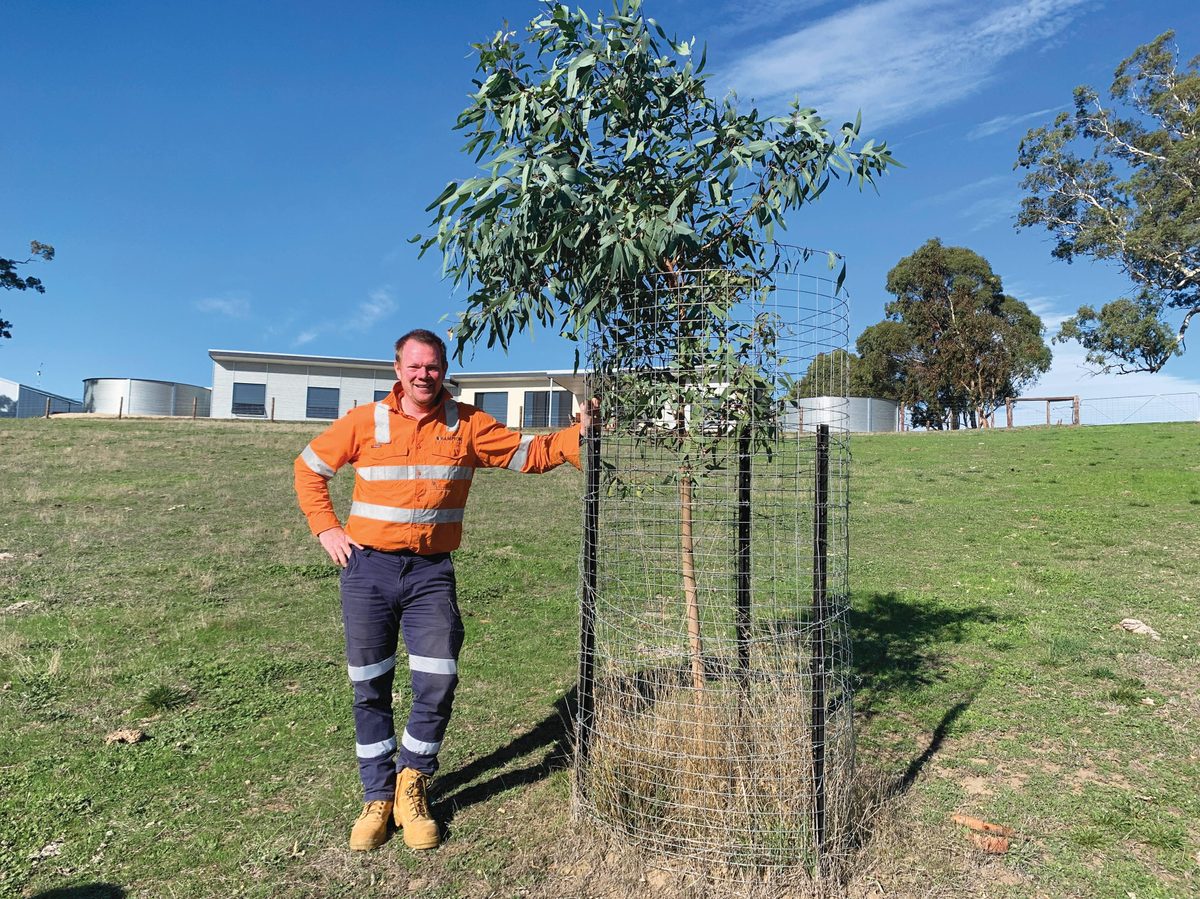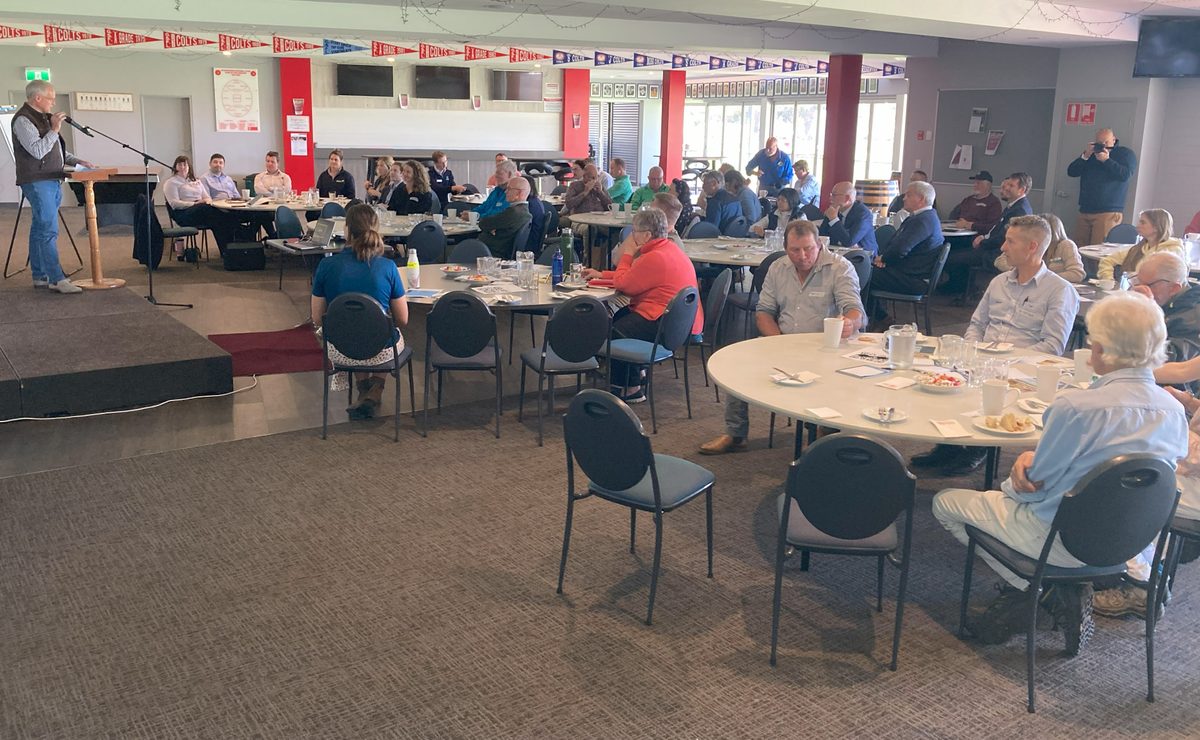Supporting soil health across South Australia
Soil is a critical asset to agricultural productivity and natural biodiversity.
Healthy soils are essential for healthy plant growth, food production for human nutrition and ecosystem services such as clean water and air.
They also help to regulate the earth's climate and store more carbon than all the world's forests combined.
While 4.1 million hectares of agricultural land in South Australia has some form of inherent soil limitation affecting productivity, agricultural soils of South Australia are under threat from wind and water erosion.
This is likely to be further affected by a drying climate. Sixty-one per cent of the state’s agricultural land is susceptible to wind erosion and 32% to water erosion.
That’s 8.3 million hectares of productive agricultural land at risk of degradation, affecting the state’s ability to produce food and fibre that contributes to the state’s economy.
Soil health a priority
Landscape boards in South Australia are prioritising South Australia’s soil health by investing in soil extension services in each of the eight landscape board regions.
The project aims to empower land managers to take responsibility for their soil health, resulting in improved productivity, profitability and environmental outcomes.
Soil extension officers have local knowledge and expertise and can give free advice to land managers to equip them with an understanding of the latest soil science and how to translate that information into on-farm actions that improve soil health.
They can also help land managers understand opportunities and constraints for soil carbon sequestration in native vegetation, helping with climate risk and mitigation.
Demonstration sites are being set up, workshop and field days underway, and extension resources developed, with the aim of helping land managers.
Soil extension officers work collaboratively with land managers, industry and agriculture groups, soil specialists, and researchers across the state to improve our state’s soil health.
This community of practice links soil extension with SA government agencies Primary Industries and Regions SA, the SA Research and Development Institute and the Department for Environment and Water, in a coordinated effort to improve our state’s soil health.
The Landscape SA Soil Extension Project is funded by the SA Government’s Landscape Priorities Fund, with some regions extending the project using levy funds.
Down in the dirt – local projects
Murraylands and Riverland landscape Board

This year, land managers in the Murraylands and Riverland region have been encouraged to bury their undies to find out how active their soil biology is.
The quirky idea is based on the knowledge that, while invisible to the naked eye, healthy, productive soils have a high level of biological activity.
Soil organisms play a vital role by consuming organic material and breaking them down into materials that help plants to flourish and grow.
So, burying cotton undies in gardens or farms and then digging them up after 8 weeks to see how much of the material has been consumed by soil organisms is a good sign of soil health.

Northern and Yorke Landscape Board

A sustainable agriculture project being shared with farmers in the Mid North is providing cost savings and helping build farming system resilience and drought-proofing.
This is largely based on technology making it possible to map soil characteristics more precisely, including understanding pH variability.
And this is where the savings come in – mapping the pH variability allows for more precise application of lime, saving time and money.
As well as hip pocket savings for farmers, addressing soil acidity can increase crop and pasture growth, preventing environmental impacts such as land degradation.

Limestone Coast Landscape Board
In the Limestone Coast, soil testing on properties has investigated the type of soils that the seed African lovegrass invades locally.
This enables an understanding of the soil fertility constraints that need to be overcome when applying pasture renovation strategies to manage the weed.
Additionally, landholders are being supported with soil testing to assess and plan fertiliser strategies.

More information
See how we help land managers care for soil here.



